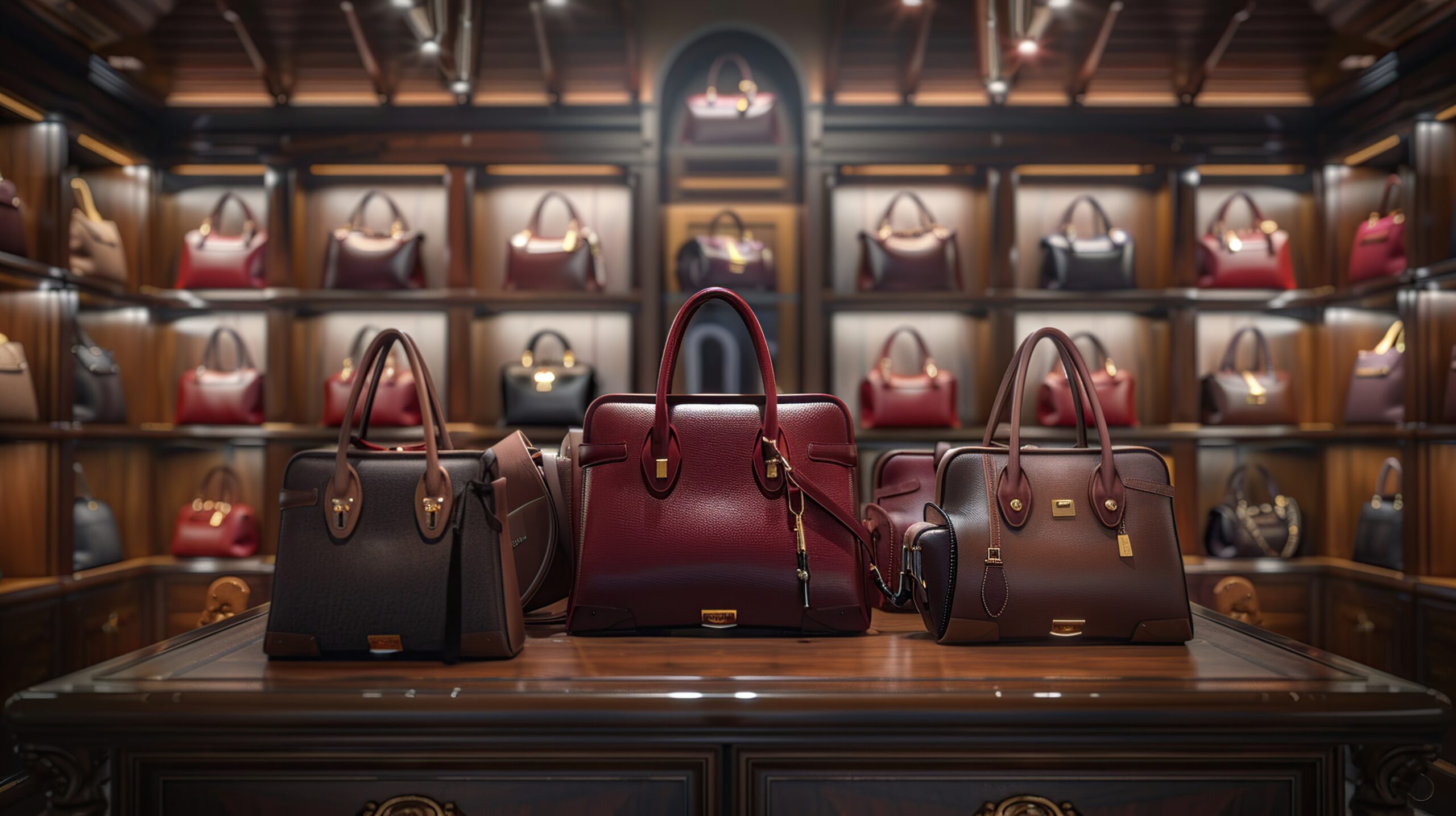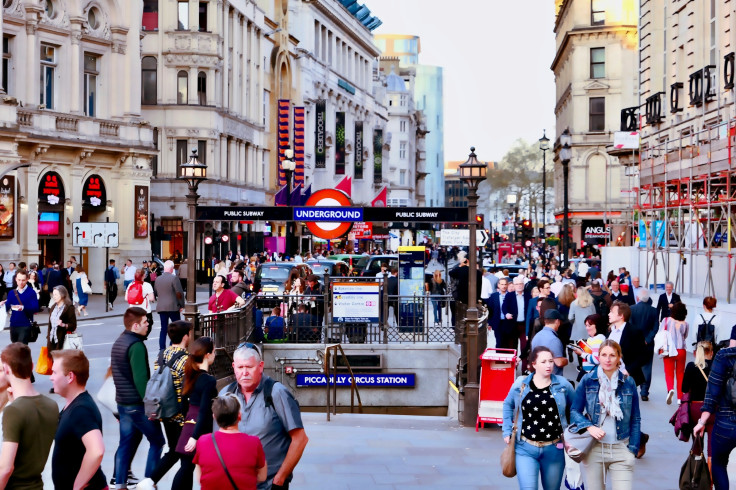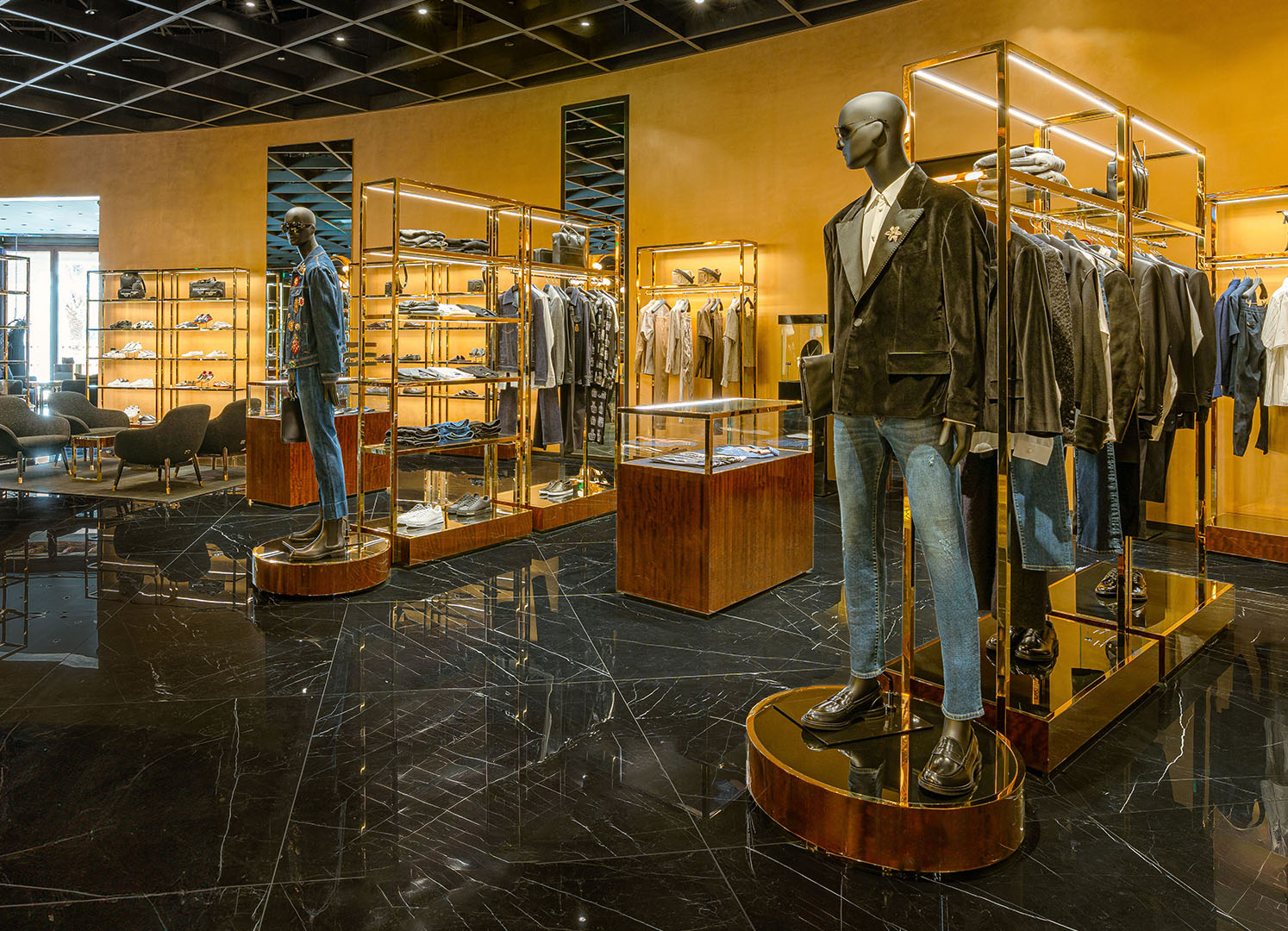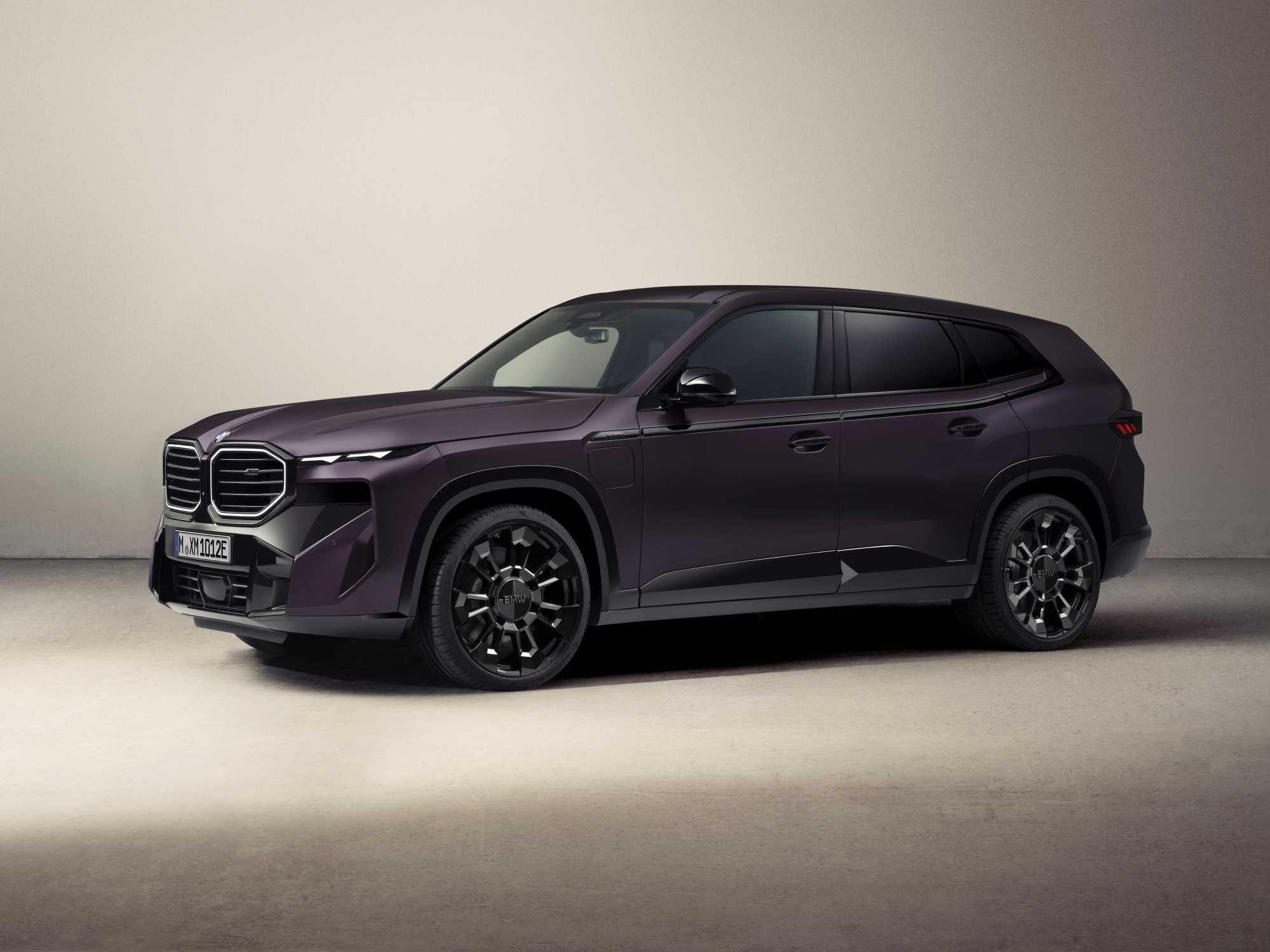The global second-hand luxury goods market is experiencing unprecedented growth, with a projected value of $85.04 billion by 2030, growing at a robust 8.89% CAGR from 2020 to 2023. This growth is driven by shifting consumer behaviour, particularly among millennials and Gen Z, who are championing sustainability and the circular economy. These consumers are no longer just after high-end labels; they are actively seeking pre-owned luxury items that combine luxury, affordability, and environmental responsibility.
Online platforms such as The RealReal, Vestiaire Collective, and StockX have made significant strides in streamlining the buying and selling of second-hand luxury goods. They leverage artificial intelligence and machine learning to provide personalised recommendations, while also ensuring product authenticity—a key concern for discerning buyers. As a result, luxury resale has become more accessible, transparent, and trustworthy.
Luxury brands themselves are entering the pre-owned market, adding further legitimacy to the trend. Major players like Gucci and Burberry have launched resale programmes or partnered with established platforms to maintain control over their brand image and tap into a lucrative revenue stream. This move also allows brands to maintain a relationship with customers throughout the product lifecycle, from purchase to resale.
Beyond online sales, high-end consignment stores and pop-up shops are also contributing to market growth by offering a tactile shopping experience where buyers can inspect and verify luxury goods in person. These stores blend the convenience of online shopping with the assurance of physical authenticity, catering to consumers who want a seamless omnichannel experience.
The affordability of second-hand luxury items is another critical driver. By offering consumers access to high-end brands at reduced prices, the market appeals to those looking for luxury without the full retail price tag. Moreover, many view luxury goods as investment pieces, often retaining or appreciating in value over time, making the second-hand market even more attractive.
Influencer and social media culture also play a pivotal role. Fashion influencers frequently highlight pre-owned luxury items, not only normalising the purchase of second-hand goods but also making them aspirational. Platforms like Instagram and TikTok serve as powerful marketing tools, driving traffic to resale websites and creating a community centred around sustainable, stylish luxury.
Why This Matters for Business: Key Insights and Opportunities
For businesses and investors, the rapid expansion of the second-hand luxury goods market presents several key opportunities. Investing in authentication and quality assurance processes will be critical to gaining consumer trust in this space. As counterfeit goods remain a concern, offering certified authenticity through AI-driven technology will separate leading platforms from the rest. Additionally, enhancing online presence through omnichannel strategies—blending the digital and physical shopping experience—will help companies capture a broader audience.
Furthermore, businesses should prepare to cater to a global audience, as the demand for second-hand luxury goods spans across regions like the Americas, Europe, and Asia-Pacific. The ability to scale globally, while offering region-specific insights and customer experiences, will be essential to success in this sector.
Conclusion: An Era of Sustainability and Luxury
The second-hand luxury goods market is not just a trend—it represents a fundamental shift in how consumers engage with luxury. For both buyers and sellers, this market offers a win-win scenario: consumers can own high-quality luxury goods at affordable prices while contributing to sustainability, and businesses can tap into a high-growth, profitable sector.
At Ladverts, we believe this market presents enormous potential for strategic partnerships, joint ventures, and wealth-building opportunities. The convergence of sustainability, luxury, and technology has created a dynamic market ripe for exploration, and we are here to help our clients navigate this exciting new frontier.








Recent Comments